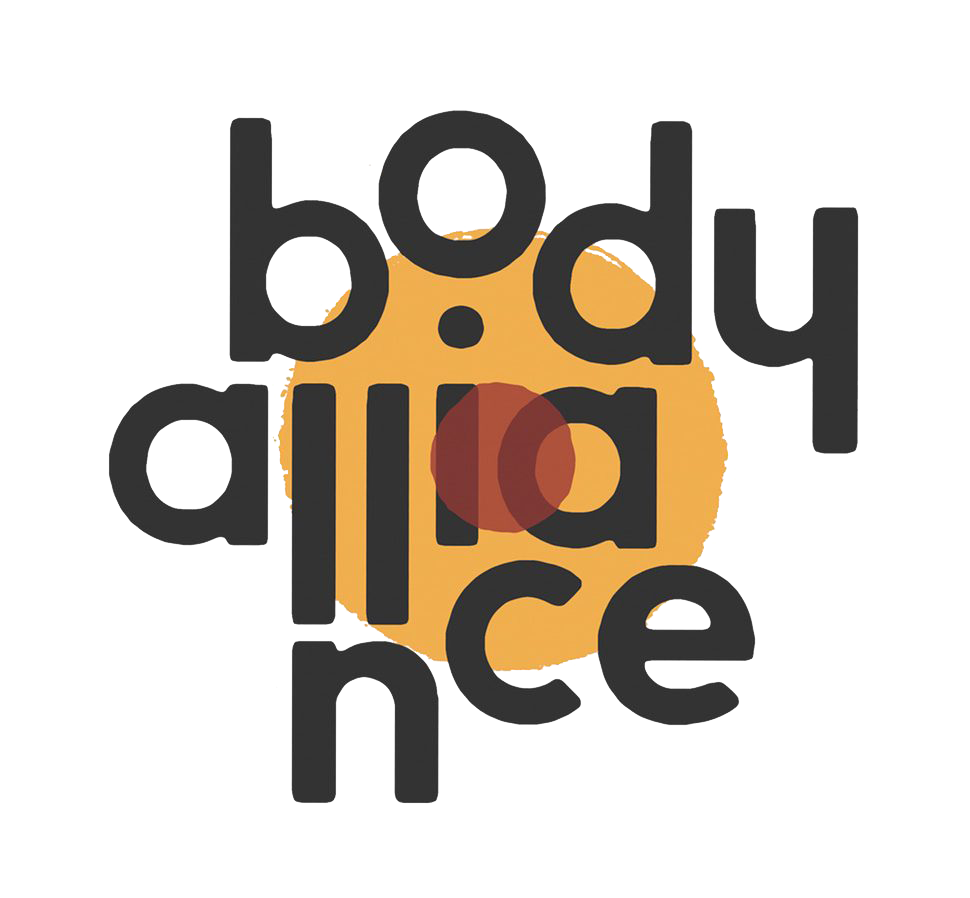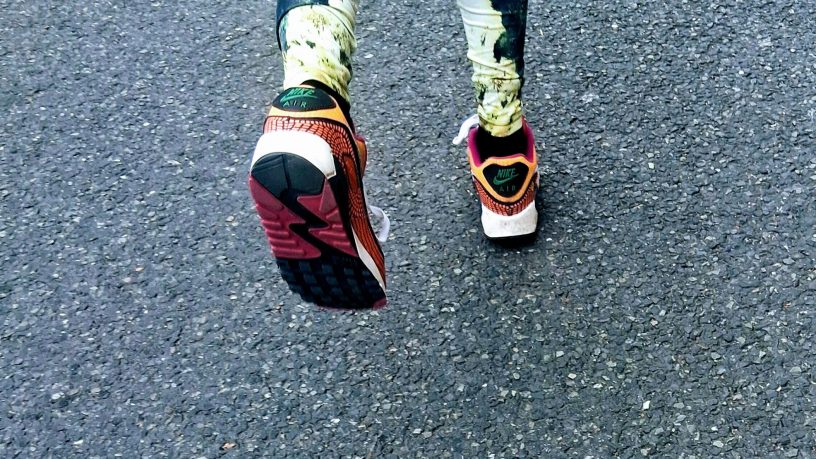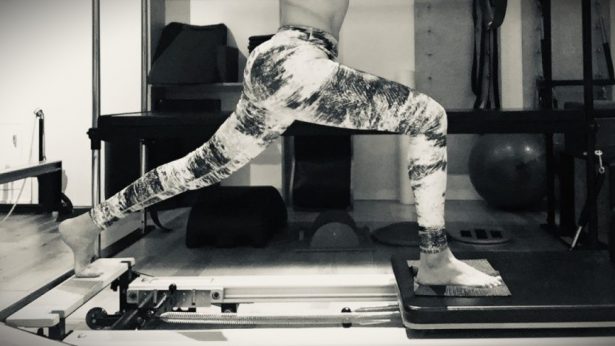If you’ve got stubborn pain around your Achilles, knee (patellar), elbow, shoulder (rotator cuff), or hip, you might be dealing with tendinopathy. Tendinopathy is an overuse tendon problem that limits exercise tolerance and daily function. The good news? With the right plan, most people improve without surgery.
At Body Alliance (London), we use up-to-date, evidence-based rehab to help you get back to pain-free movement.
What is tendinopathy?
Tendinopathy is a condition that affects the tendons, the strong tissues that connect muscle to bone. It occurs when the tendon becomes overloaded or damaged, leading to pain, stiffness, and reduced strength. Unlike a one-off injury, tendinopathy usually builds up gradually. This makes it frustrating and difficult to manage without the right help. Think of it as your tendon saying: “you’ve asked too much, too soon, without enough recovery.”
Common sites:
Achilles tendon (back of ankle) – mid-portion or insertion (where it meets the heel)
Patellar tendon (front of knee)
Lateral elbow (“tennis elbow”)
Rotator cuff (shoulder)
Hip/gluteal tendons
Key idea: Tendons are designed to store and release energy. Too much repetitive loading (and/or compression) without recovery can tip them into pain.
Why did this happen to me?
Tendon pain is multifactorial. Load is the big driver, but other factors nudge risk up or down:
Training errors: big jumps in mileage, speed, hills, plyometrics, or weights
Frequency & recovery: heavy sessions stacked too close together
Technique/biomechanics and muscle imbalances
Age, sex, genes, body composition
Health factors: diabetes, cholesterol, inflammatory conditions
Certain medications
Mid-portion vs insertional
Most tendon pain sits where the tendon attaches to bone (e.g., patellar, elbow, groin), but some—like the Achilles—can hurt mid-tendon. The pathology looks similar, yet each location tolerates different loading profiles. Exercises should be location specific for best results.
The Tendon Continuum (why staging matters)
Modern research suggests tendon changes progress along a continuum:
- Reactive tendinopathy (early, often after a sudden spike in activity)
- Tendon disrepair (failed healing, more structural disorganisation)
- Degenerative tendinopathy (patchy degeneration; more common with age/chronic
overload)
Load can move you forward or back along this continuum—especially early on. That’s why the right amount of exercise at the right time is everything.
Pain can occur at any stage. Imaging may or may not match how you feel—that’s normal.
Symptoms to watch for:
Localised tendon pain with loading (stairs, running, pushing, lifting, jumping)
Morning stiffness that eases as you warm up
Tenderness and reduced strength/power
Symptoms that flare with spikes in activity
Seek help early if pain lingers beyond 2–3 weeks or keeps returning.
What actually works? (Evidence-based roadmap)
1) Load management (start here)
Dial down aggravating loads short-term (e.g., reduce jump volume, speed work, deep compressive angles).
Keep non-provocative training (e.g., cycling, controlled strength) to maintain fitness.
Space heavy tendon days 48–72 hours apart to allow adaptation.
2) Targeted exercise therapy (the cornerstone)
A progressive, strength-focused plan remodels tendon capacity:
Eccentric work (slow lowering)
Heavy, slow resistance (HSR)
Isometrics for short-term pain relief in some cases
Movement retraining (esp. shoulder)
Flexibility/balance where relevant
No single protocol wins for all people. The best programme is personalised to your tendon
stage and location (mid-portion vs insertion), your sport, and your pain response.
3) Education = better outcomes
We’ll coach you on the do’s and dont’s, how to pace activity, and how to read your pain; – so you can keep training smart instead of stopping everything.
4) When to consider add-ons
If progress stalls, we may discuss shockwave, laser, or injection options (e.g., PRP, corticosteroid in selected cases). These are adjuncts—exercise remains the main driver of long-term change.
Myth-buster: It’s not “just inflammation.” Even when pain settles quickly, your tendon still needs a graded loading plan to regain capacity.
A simple, staged plan (what rehab can look like)
Phase 1: Calm things down & keep capacity
Reduce aggravating loads; use isometrics if helpful
Maintain non-provocative cardio/strength
Goal: pain control, consistent baseline
Phase 2: Build back stronger
Progress HSR/eccentric strength 2–3x/week
Add tempo/time-under-tension
Respect 48–72 h recovery between heavy sessions
Phase 3: Return to elastic loading
Introduce power/speed elements (hops, faster tempo) as tolerated
Gradually re-add sport-specific drills
Phase 4: Resilience & prevention
Maintain 1–2 strength sessions weekly
Monitor spikes in volume/intensity/terrain
When should I see a clinician?
Pain persists beyond 2–3 weeks, keeps flaring, or limits daily life
Morning stiffness and step-down pain won’t settle
You’re unsure how to modify training without losing fitness
You’ve had multiple recurrences
Why Body Alliance?
Evidence-based tendon rehab aligned with the continuum model Stage- and site-specific programming (mid-portion vs insertional)
Clear load planning around your life and sport
Options for adjunct therapies when appropriate
A friendly team that keeps you moving, not sidelined
Ready to fix your tendon pain?
Book your Tendinopathy Assessment at Body Alliance (London). We’ll identify your tendon stage, map your training week, and build a personalised plan that fits your goals.
FAQ
Is rest enough?
Usually no. Pain might settle, but without a progressive loading plan the tendon stays under-prepared and pain often returns.
Should exercises hurt?
Mild, tolerable discomfort during rehab can be okay—especially in later stages—if pain settles within 24 hours and week-to-week function improves. We’ll set your safe “pain rules.”
How long until I’m better?
Timelines vary by site, stage, and training load. Many feel meaningful improvement in 6–12 weeks with consistent rehab, and capacity keeps building beyond that.
Do I need a scan first?
Not usually. Diagnosis is clinical. Imaging can help in complex or unclear cases but doesn’t change that exercise is the foundation.
References
Cook JL, Purdam CR. Is tendon pathology a continuum? A pathology model to explain the
clinical presentation of load-induced tendinopathy
British Journal of Sports Medicine 2009;43:409-416.
Cooper K, Alexander L, Brandie D, Tzortziou Brown V, Greig L, Harrison I, et al. Exercise
therapy for tendinopathy: a mixed-methods evidence synthesis exploring feasibility,
acceptability and effectiveness. Health Technol Assess2023;27(24).
https://doi.org/10.3310/TFWS2748



